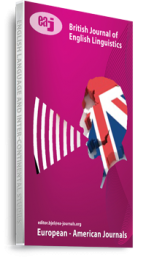This study aimed to examine the comparative effects of using synchronous and asynchronous social networks in teaching vocabulary on improving EFL learners’ reading comprehension. For the aim of this study, 61 EFL learners were chosen by employing convenience sampling method. The researcher randomly assigned the participants randomly into two groups; the experimental group one (EG1) (n=31) and the experimental group two (EG2) (n=30). The researcher as the teacher explained the procedure of the work to students of both groups. The strategies of teaching vocabulary were the same in both groups. The researcher employed WhatsApp for EG1 and Instagram for EG2. The participants of the EG1 had to be online at a specific time but the students of EG2 had two days to see the posts. After finishing the treatment, the researcher administered a reading test as a posttest. The results of independent samples t-test showed that there is a significant difference in reading comprehension measures for the experimental group one who experienced vocabulary instruction through “WhatsApp” application and the experimental group two who received vocabulary instruction through Instagram. It was shown that students in the asynchronous group had far more advances from the pretest to the posttest in comparison with that of their counterparts in the synchronous group. Through use of synchronous and asynchronous social networks, language learners have this chance to use online instructional materials that increase the rate of their learning.
Keywords: EFL Learners’, Reading Comprehension, Synchronous social networks, Vocabulary, asynchronous social networks

